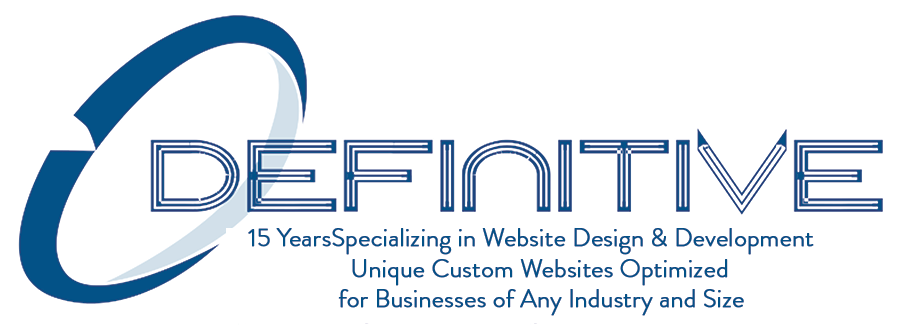Beyond LASIK, the most exciting advancement for vision correction is Implantable Contact Lenses (ICL). ICLs were previously used to treat patients with Cataracts but are now available for patients seeking basic vision correction.
Types of Implantable Lenses
- Phakic Implantable Contact Lenses (ICL): are an alternative to LASIK and PRK eye surgery for correcting moderate to severe Myopia (nearsightedness), and in some cases produce better and more predictable vision outcomes than laser refractive surgery. Phakic IOLs are clear implantable lenses that are surgically placed either between the cornea and the iris (the colored portion of your eye) or just behind the iris, without removing your natural lens. Phakic lenses enable light to focus properly on the retina for clearer vision without corrective eyewear. Implantable lenses function like contact lenses to correct nearsightedness. The difference is that Phakic IOLs work from within your eye instead of sitting on the surface of your eye.

Candidates for ICL
The Visian Implantable Contact Lens is intended for use by patients between the ages of 21 and 45 who are nearsighted and have no previous history of ophthalmic disease such as Iritis, Glaucoma, or Diabetic Retinopathy. Among patients who fit into the above demographic, the Visian ICL™ is also an excellent option for those who do not meet the eligibility requirements for LASIK. For example, patients with extremely Thin Corneas or those predisposed to Dry Eye syndrome might have less than optimal results from LASIK. However, the Visian ICL™ requires no change to the cornea and does not contribute to such conditions as Dry Eye, making it an excellent choice for these patients. The only way to determine if you are a candidate for the Implantable Contact Lens is to have a thorough Ophthalmic exam by Dr. O’Day.
About the Procedure
The procedure is performed on an outpatient basis, which means that you have surgery and leave the same day. During surgery, your eye(s) will be numbed and a local anesthesia will be administered. There is very little discomfort associated with the procedure. Some drops or perhaps oral medication may be prescribed and a post-operative visit will be scheduled for the day after surgery. Patients are advised to arrange for someone to drive them to and from surgery. An instrument called a Lid Speculum is used to keep your eyelids open and a tiny incision is made in the Cornea.
With the Verisyse, the lens is positioned in the anterior eye chamber behind the cornea and attached to the front of the iris. Tiny dissolvable stitches often are used to close the wound and an eye shield is placed over your eye.
The Visian ICL is positioned in the posterior chamber of the eye behind the iris and pupil and in front of your natural lens. Once inserted, the artificial lens unfolds to its full width and typically does not require any stitches. An eye shield is then placed over your eye which needs to be worn for a day or two after the procedure.
The phakic IOL procedure typically takes 10 to 30 minutes and is performed on an outpatient basis, although you will need to organize someone to drive you home after surgery. Your doctor will prescribe antibiotic and anti-inflammatory drops for you to use at home.
After. Most people notice improved vision immediately following the phakic IOL procedure, but vision may be hazy or blurry with an increased sensitivity to light for the first few days. For some people, it can take two to four weeks for their vision to stabilize.
Vision with the Visian ICL tends to stabilize in about one to seven days, which can be quicker than with the Verisyse lens.
There typically is minimal discomfort after phakic IOL surgery but you may have a mild scratching sensation, like something is in your eye. If required, your doctor can prescribe medication to make you more comfortable during the first few days following surgery.
You will need to return for a follow-up visit with your doctor the next day. It’s essential that you follow your eye surgeon’s post-operative instructions carefully and attend frequent check-ups to help avoid any complications.
Refrain from rubbing or squeezing your eye, lifting heavy objects and participating in strenuous activities until your eye has completely healed, which could take several weeks.
Most people can return to work and resume driving within a couple of days, once you are given the okay from your doctor.

